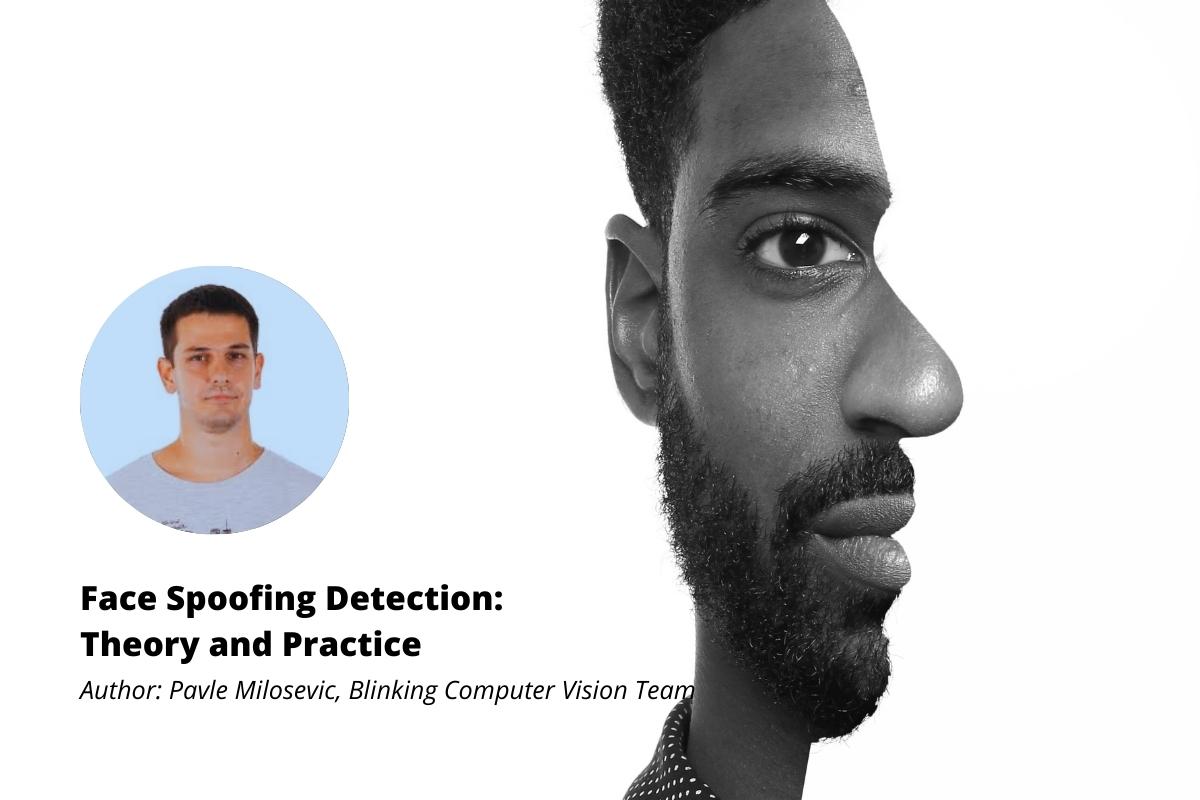
Face Spoofing Detection: Theory and Practice
Hey, it’s Pavle again. Some of you may remember me from my earlier essay in which I covered the Computer vision case. In this blog article, I will discuss the Data Science Conference (DSC) Europe 2022, Blinking at DSC, and the topic of fraud detection.
What is DSC?
DSC is leading Data Science / Machine Learning / Artificial Intelligence conference in the Southeast. It is the conference that brings together the field’s top professionals, practitioners, academy representatives, and decision-makers. DSC Europe 2022 spanned five days and included a wide range of subjects, including computer vision and machine vision, robotics & machine intelligence, natural language processing and text analytics, big data and data engineering, decision intelligence, and so on. More than 200 speakers presented their research, results, and products to thousands of attendees. DSC Europe 2022 also featured four co-located events: Pandora (dedicated to the gaming industry), digiHealth (health industry), QTangled (quantum computing), and Cryptica (computational finance).
Blinking at DSC Europe 2022
On a daily basis, Blinking’s Computer Vision team deals with a large amount of data and numerous machine learning algorithms. As a result, our presence at DSC was a natural next step. On behalf of our department, I gave a presentation on Face spoofing detection: theory and practice. The speech was scheduled on the main stage within Computer & Machine Vision track on the first live day of the conference. I choose to address theoretical foundations as well as contemporary approaches to this challenge.
Fraud detection
What is fraud detection? Under the term fraud we consider any form of deception performed by tampering data in order to gain some advantage. Herein, we were focused on spoofing attacks and liveness detection, i.e. the ability of a system to detect if a face of a subject (or other biometric feature) is real or the fraud is attempted. It is particularly important for biometric authentication systems with face modality, e.g. Blinking Identify. These attacks can be detected using expert knowledge, forensic analytical tools, statistical methods, computational intelligence / machine learning, etc. Some of the most prominent replay attacks are given at Figure 1: print attack, display attack and attack using rubber/silicone mask.
Figure 1: Types of replay attacks
Two major approaches to this problem may be distinguished:
• Single shot approaches – the detection is performed based on a single image;
• Multiple shot approaches – the detection is performed based on multiple images / video feed.
This problem is considered as a binary classification problem and, in general, metamodel consists of a feature extraction component (picture -> feature vector) and machine learning component (feature vector -> {0, 1}). However, which characteristics should be used? How to perform an extraction? Which classifier produces the best results?
Until 2017, this problem was usually solved using traditional computer vision methods. Namely, pattern detection algorithms such as Local Binary Patterns (LBP) or Histogram of Gradients (HoG) were used for feature extraction, while traditional ML algorithms, e.g. Support Vector Machines (SVM), were applied for classification. Also, there were several prominent approaches based on color space distribution, image quality metrics, skin blood flow, optical flow, etc.
Nowadays, we live in the time of deep learning algorithms. However, the first Convolutional Neural Networks (CNN) and some other deep architectures applied for this problem showed inconsistent results. In the last two years pre-trained deep NNs, and some original approaches, e.g. DeepPixBis, have become the gold standard in this area. Also, there is an evident trend of using multi shot approaches, both passive (taking a video of the subject, without any instruction) and active ones (the subject gets a clear guide what actions should perform).
What is next?
That is always the hardest question… Still, it appears that the future will be a hybrid of single shot and multiple shot approaches. However, this will be the focus of some other speech and some other post. Until then, follow our blog and Blinking’s LinkedIn for updates, and we’ll see you all next year at DSC with the most recent findings from the field.


